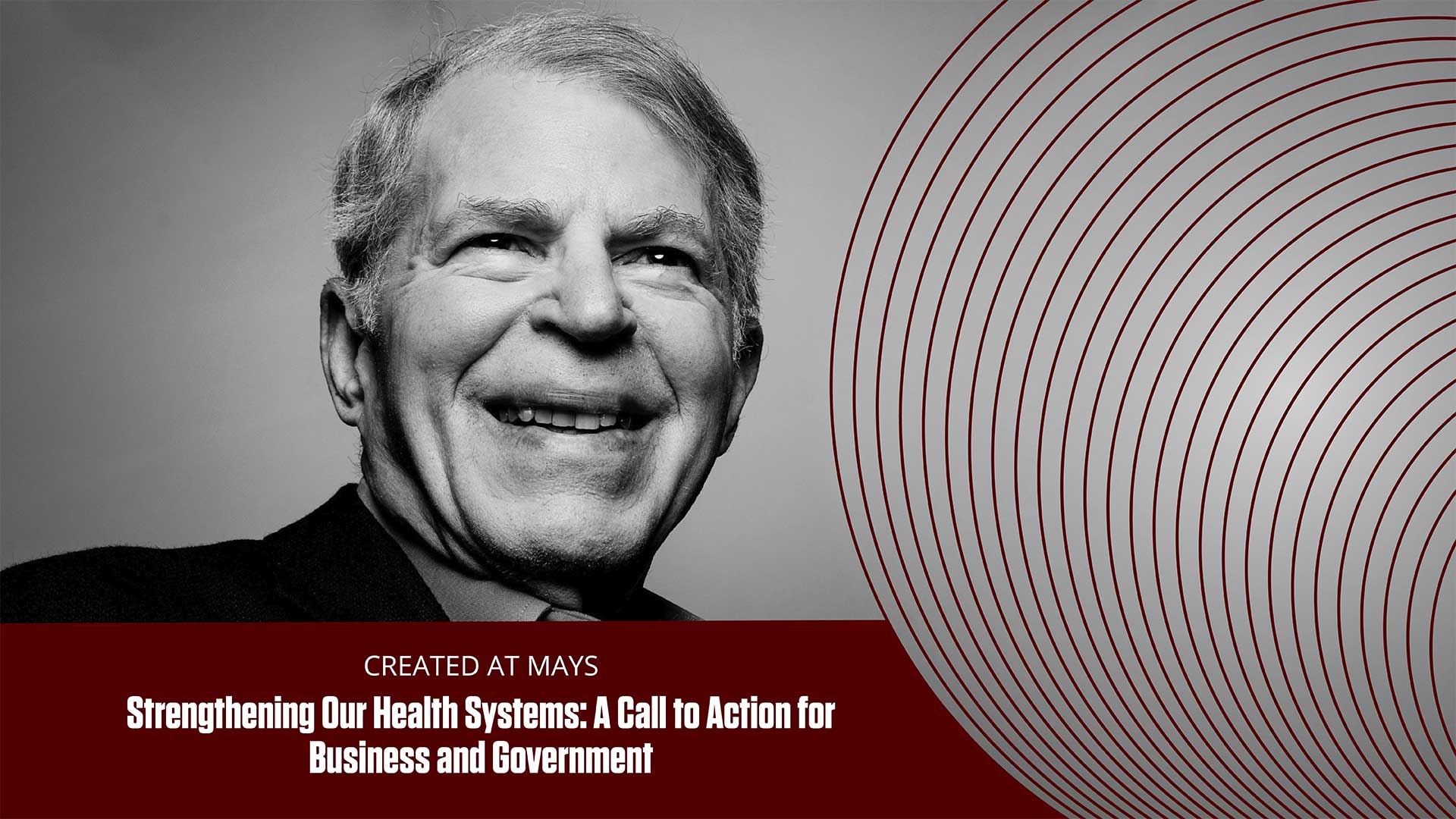Strengthening Our Health Systems: A Call to Action for Business and Government
February 21, 2024
|
Len Berry
Urban safety-net hospitals and health systems provide vital medical services to lower-income populations while also serving as economic anchors and contributors in their communities. However, these institutions face dire financial situations that jeopardize their futures. New recommendations published in Harvard Business Review by Dr. Leonard Berry of Mays Business School and coauthors Robert Riney and Bruce Siegel propose key actions by the health systems themselves along with support from business and government to ensure the survival of this critical health care infrastructure. The authors reject the common terminology of “safety-nets” and refer to these institutions as “anchors” as they play a central role in community well-being.
The Indispensable Role of Anchor Health
Anchor health systems are more than hospitals; they are the bedrock of healthcare in urban areas, providing essential services to the underserved, training the next generation of health professionals, and contributing significantly to the local economy. They provide essential services, like trauma and burn treatment, that may not exist elsewhere locally. At the same time, they function as economic engines as major employers of professionals in middle to high-income jobs. Anchors that are academic medical centers train many of the nation’s clinicians and stimulate new life sciences and biotechnology industries.
For example, the Medical University of South Carolina health system generates a staggering $4.5 billion annual economic impact in Charleston and creates nearly 31,000 regional jobs. Its absence would devastate health outcomes and economic activity alike.
Intensifying Risks to Anchor Health Systems Viability
However, their existence is threatened by severe financial strain and operational hurdles, underscoring the need for immediate and decisive action to safeguard their future. Keeping anchor health systems operational presents extreme financial challenges. Their patients tend to be uninsured or covered by low-reimbursing public payers. These systems absorb higher expenses from uncompensated care and complex cases while attempting to keep quality high. The COVID-19 crisis has only exacerbated such financial strains.
In 2021 alone, anchor hospitals’ margins were -8.6%, compared to -1.4% industry wide. Without support, these essential institutions remain at risk.
Calls for Action: How Key Players Can Help
Recognizing the problem, the authors issue an urgent call to action for health systems to transform their operations as well as for outside actors to provide a lifeline. Their recommendations. Which include numerous examples, include:
For Anchor Health Systems
- Achieve efficiencies in cost and quality
- Partner strategically with community organizations
- Pursue smart consolidation and specialization
For Businesses
- Supply funding and vocal advocacy
- Offer capabilities through partnerships
- Coordinate anchor health support
For Government
- Guarantee adequate public funding
- Enforce mandates and regulations
- Formally designate anchor health systems
Grady Memorial Hospital in Atlanta offers one success story of a distressed anchor hospital avoiding demise thanks to coordinated local business community support. This kind of public-private collaboration provides a model.
Takeaway: Anchor Health as a Community Priority
The sustainability of anchor health systems is a collective responsibility that requires a unified effort from health systems themselves, the business community, and the government. The suggested recommendations offer tangible ways for health systems to improve their operations as well as for key institutions to support them. Through efficiency, partnership, and innovation, we can preserve quality health access for our most vulnerable populations while retaining these engines of essential health services and economic vitality. The societal cost of inaction is too great.




